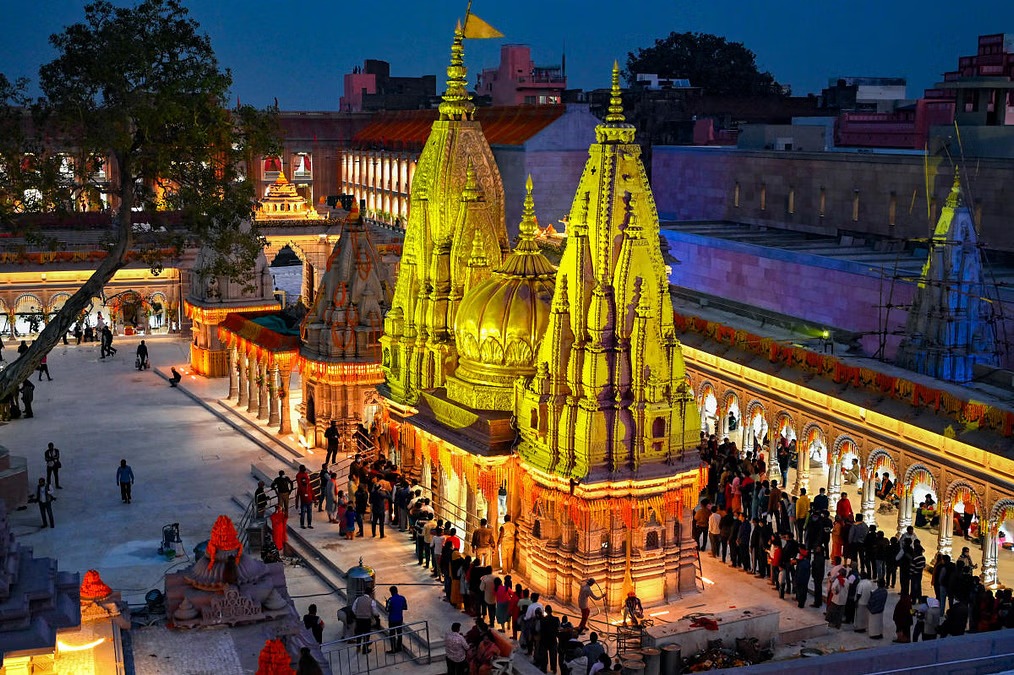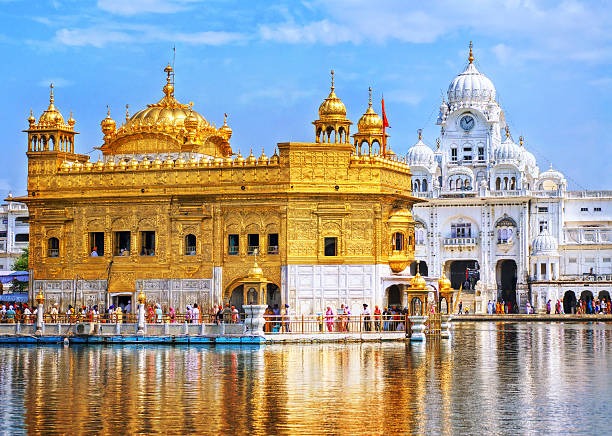-
Sri Ranganathaswamy Temple (Srirangam, Tamil Nadu) – One of the largest temples in India by area, this Dravidian-style temple is dedicated to the deity Ranganatha, a form of Vishnu.
-
Temples of Khajuraho (Madhya Pradesh) – Known for their exquisite architecture and intricate sculptures, these temples are part of a UNESCO World Heritage Site.
-
Brihadeeswarar Temple (Thanjavur, Tamil Nadu) – Also known as the Big Temple, it's renowned for its massive gopuram (gateway tower) and the grand central dome.
-
Kashi Vishwanath Temple (Varanasi, Uttar Pradesh) – One of the most important Hindu temples dedicated to Lord Shiva, located on the banks of the Ganges River.
-
Jagannath Temple (Puri, Odisha) – Famous for its annual Rath Yatra (chariot festival), this temple is a major pilgrimage site for Hindus.
-
Meenakshi Amman Temple (Madurai, Tamil Nadu) – Known for its stunning gopurams (gateway towers) adorned with colorful sculptures, it is a major pilgrimage destination.
-
Somnath Temple (Prabhas Patan, Gujarat) – A significant Jyotirlinga shrine dedicated to Shiva, it's known for its historical and religious importance.
-
Vaishno Devi Temple (Katra, Jammu and Kashmir) – Located in the Trikuta Mountains, it is a major pilgrimage site for Hindus dedicated to the goddess Vaishno Devi.
-
Golden Temple (Amritsar, Punjab) – Also known as Harmandir Sahib, it's the holiest shrine in Sikhism and renowned for its stunning golden architecture and peaceful ambiance.
-
Akshardham Temple (Delhi) – A relatively modern temple, it is notable for its grand architectural design, extensive exhibitions, and cultural exhibits.
These temples not only reflect the religious diversity and richness of India but also showcase some of the finest architectural achievements of their respective periods.





